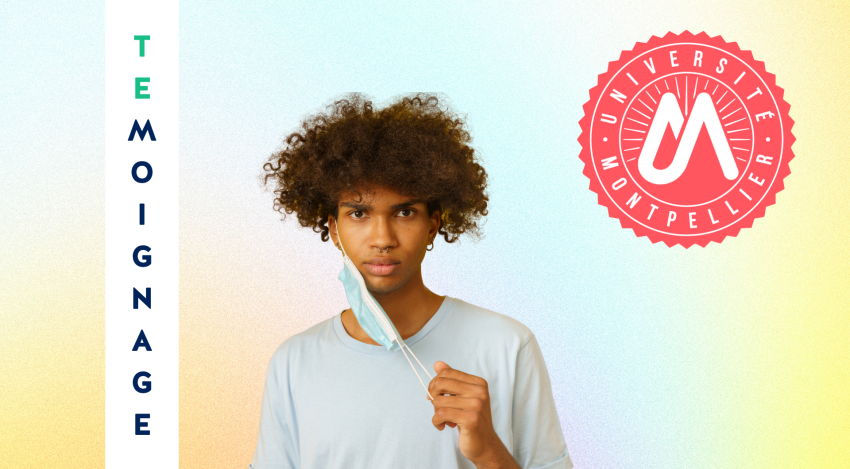

The world is evolving, and structures that do not keep up with these changes will be left behind. This is a simple observation but one that should not be taken lightly. More than a matter of academic results, higher education institutions must sell themselves on various criteria.
A study from CISCO states that 82% of internet traffic will be video by 2021. In both corporate and educational settings, video holds a dominant position, and that's not about to change. Students are increasingly drawn to this medium, so they expect the educational system to follow suit. The unprecedented period we are experiencing shows that e-learning was not adequately utilized in France, as well as abroad. However, it also shows that with the right tools and a little practice, it's the solution for the future.
Universities and other higher education institutions that offer video content have a definite advantage in attracting students. For instance, a sample of offered courses or a short video presentation of the school can make a difference.
Nowadays, access to information is almost unlimited thanks to the internet and digital development. Thus, students can choose an institution that suits their expectations. With a few clicks, they can browse and compare thousands of institutions. Geographic barriers are no longer obstacles. All of this places the student in a better position, altering the power dynamic between institutions and students. It's up to the schools to differentiate themselves to attract students. Thus, the reputation of a school is no longer solely determined by its students' results and prospects but by its "brand image." This concept, known to businesses, applies to the educational environment.
Nowadays, various institutions are getting more creative to attract the best students. Once again, video is a means to stand out in the flood of information received by students. Indeed, video allows for the dissemination of a clear and precise message, with a high likelihood of retention.
One relevant argument for differentiation revolves around ethical policy. Today, it's impossible to ignore concepts like Corporate Social Responsibility (CSR), ethics, or philanthropy. CSR corresponds to a company's ethical policy. It means that a company must be economically viable, have a positive impact on society, and respect the environment. Companies are increasingly communicating about these aspects, following consumer demand.
According to Greenflex, young people are highly involved in environmental advocacy. For 75% of those aged 15 to 24, integrating sustainability into their daily lives is "a necessity." In the corporate world, three strategies are distinguished: the engagement strategy, the authenticity strategy, and finally, the transparency strategy. Firstly, the company verifies the adherence to the ethical values it commits to by controlling its products. Secondly, the company plays the authenticity card by promoting products without preservatives, for example. Lastly, the company can also admit its mistakes and play the transparency card by changing what didn't suit the consumer.
The emergence of this ethical relationship in society also applies to universities and other higher education institutions. Indeed, Generation Z is most affected by environmental issues. They are concerned about the world of tomorrow and are ready to commit given the current ecological challenges. Thus, their choices in terms of studies will be indexed to the environmental and ethical policies of higher education institutions. The race for CSR is undeniable; schools are vying to meet students' expectations with creativity. For example, IAE Aix organized an RSE (CSR) day to raise awareness among both students and regional actors.
Beyond ethics or the emergence of an information flow, the internet is also revolutionizing the relationship between students and institutions. Let's return to the example of the consumer-business relationship. Consumers seek to have an experience; they no longer settle for purchasing a simple product for its quality, for instance. This model applies once again to our students; they want their years of study to be a unique experience. Therefore, higher education institutions try to "sell a dream" to potential future students. Among a multitude of student associations, partnerships with numerous companies, support for entrepreneurial projects, or the opportunity to study in outstanding foreign institutions through university exchanges, students have reasons to be impressed.


